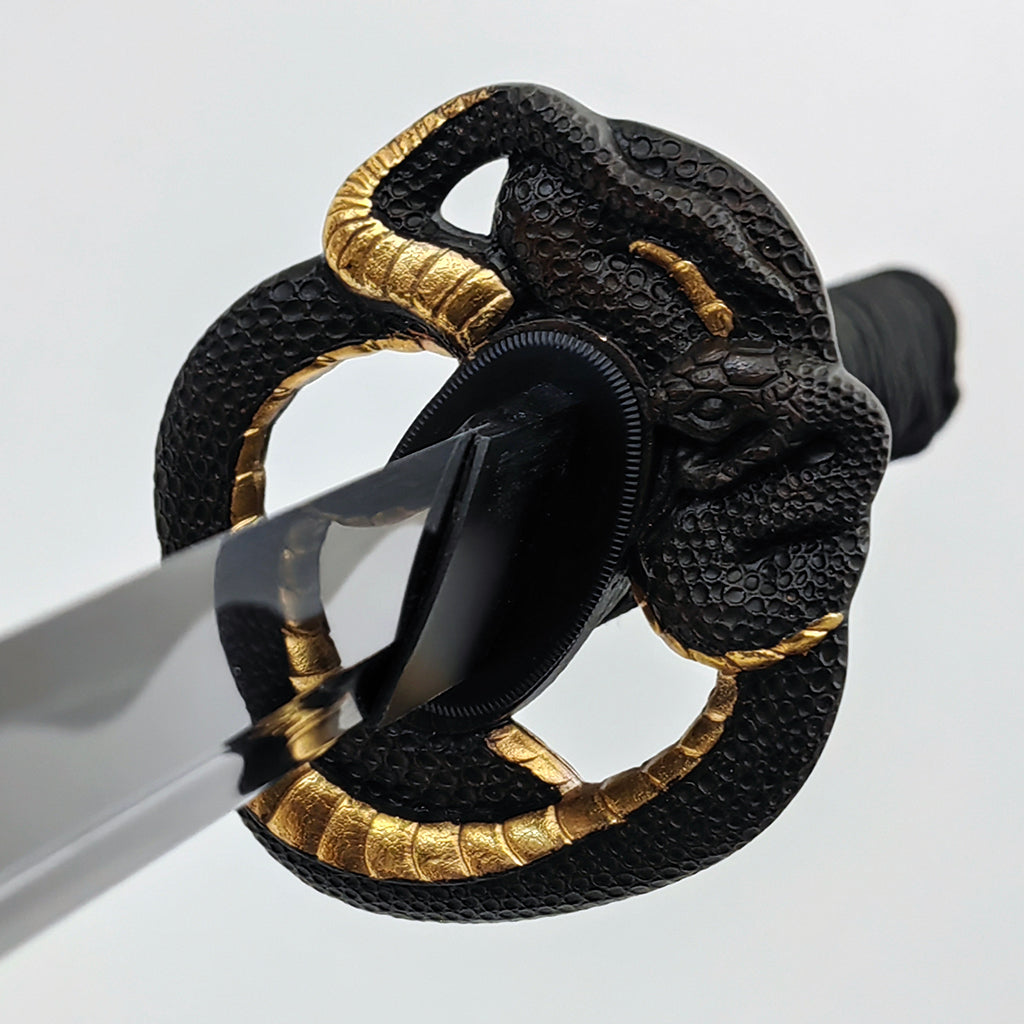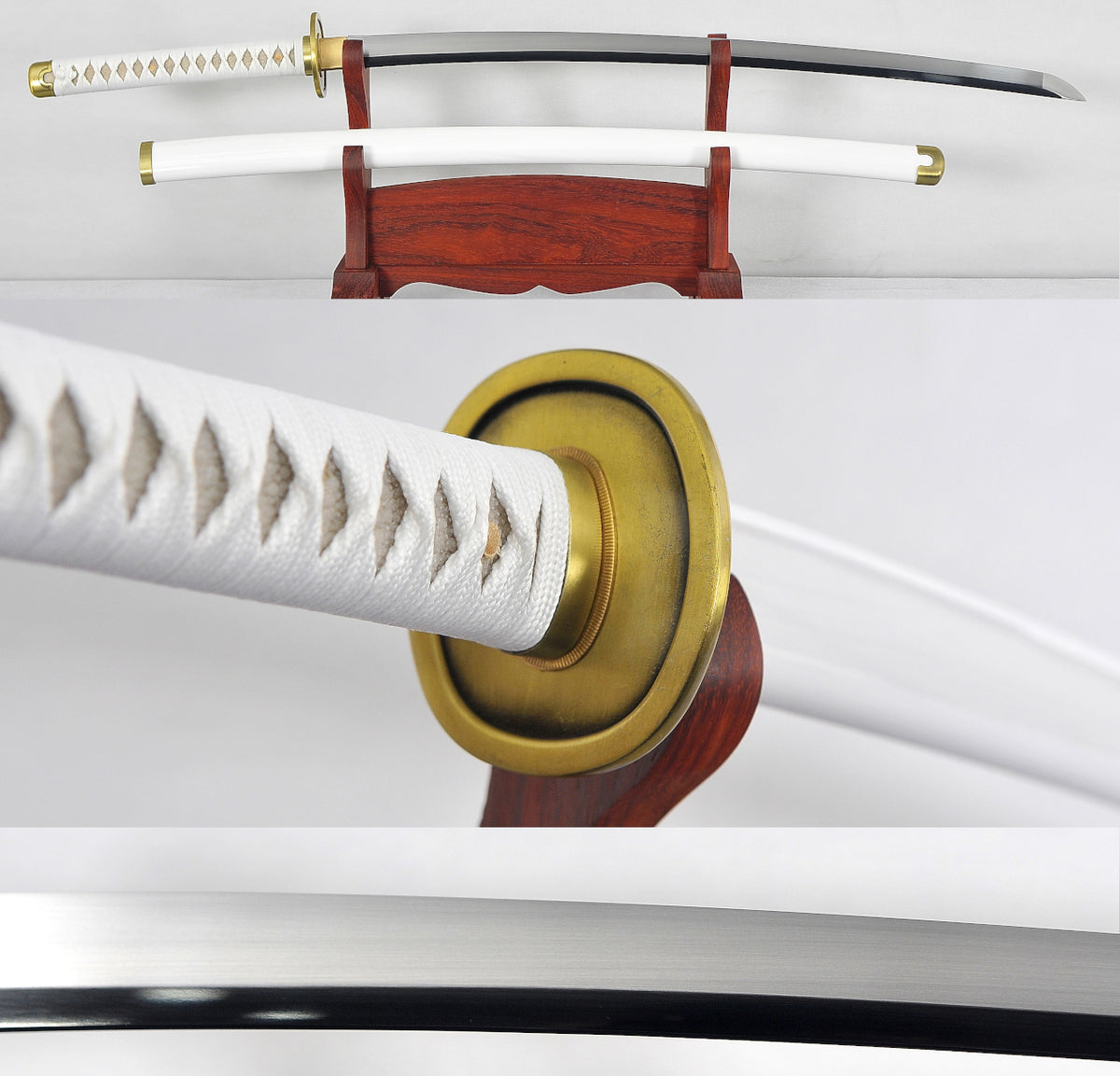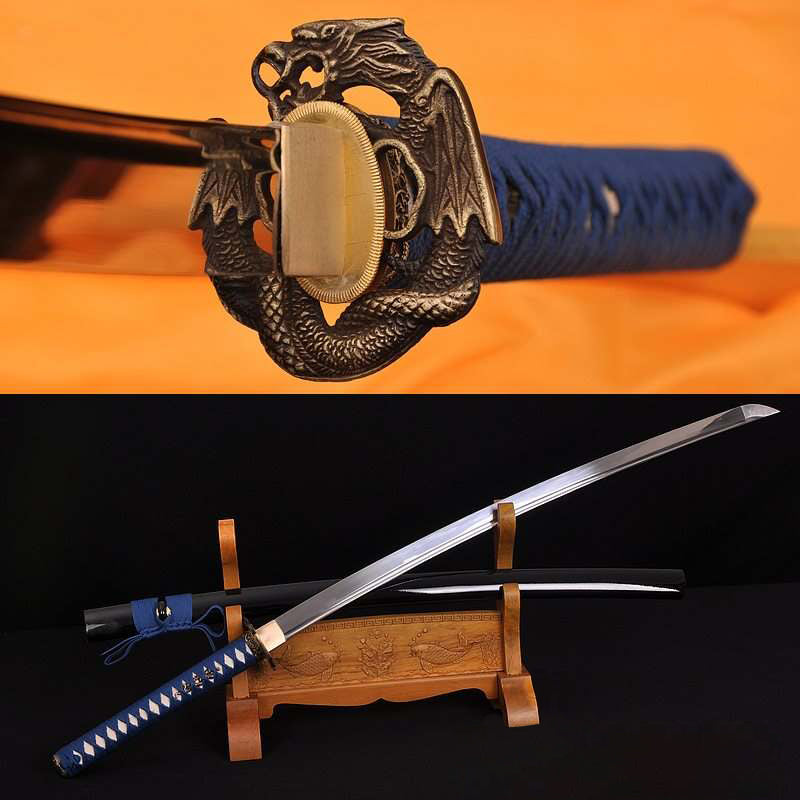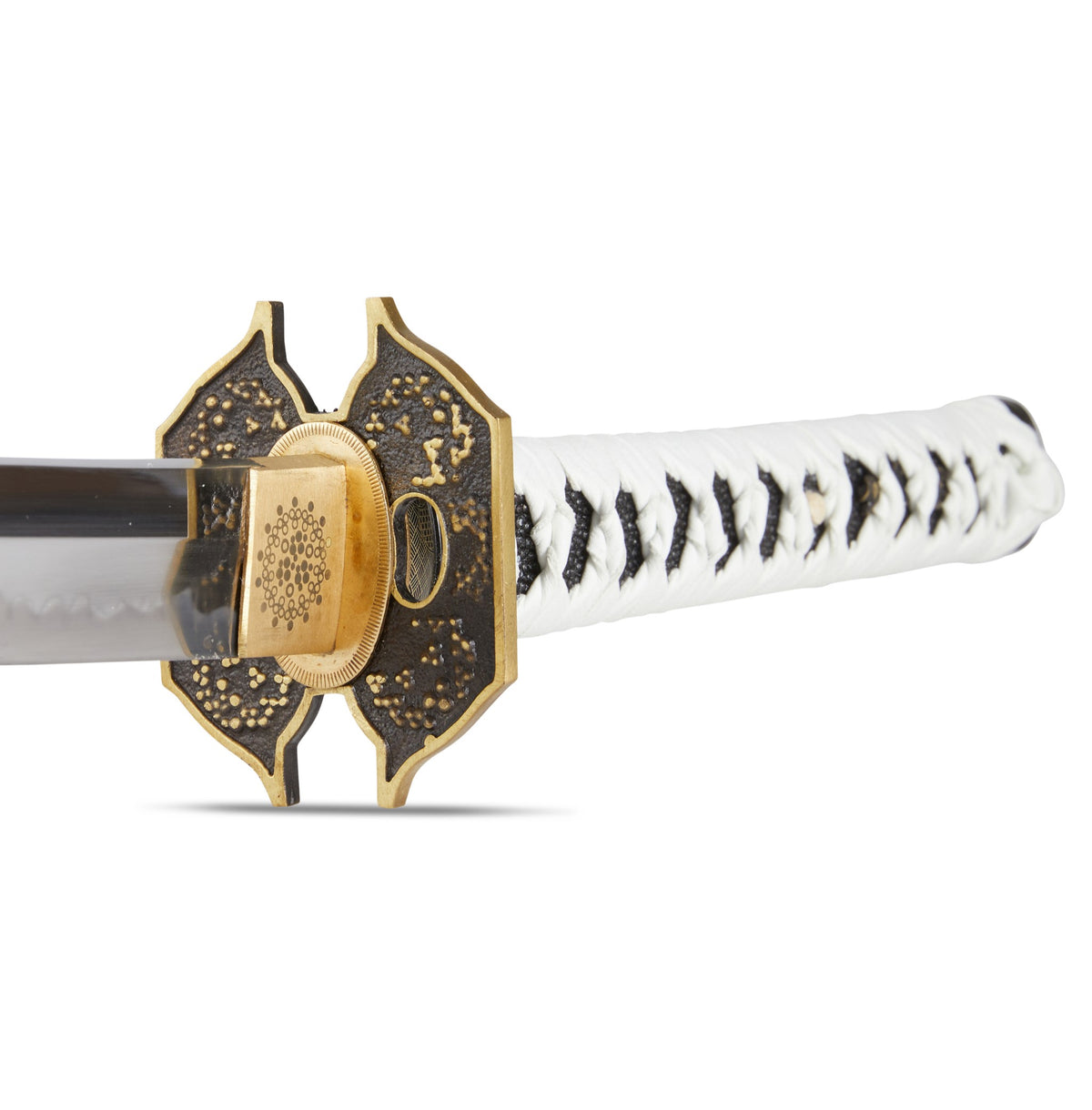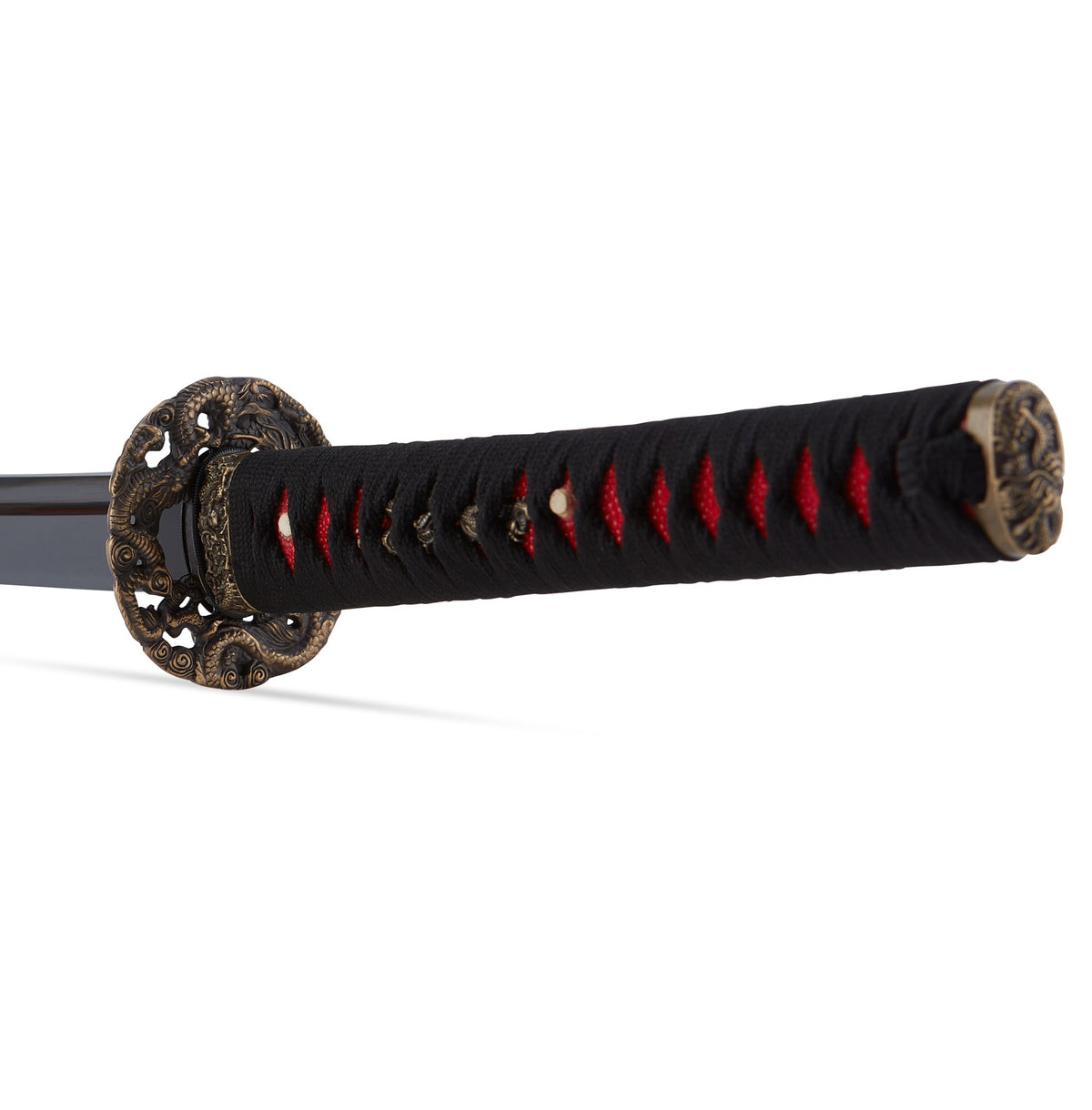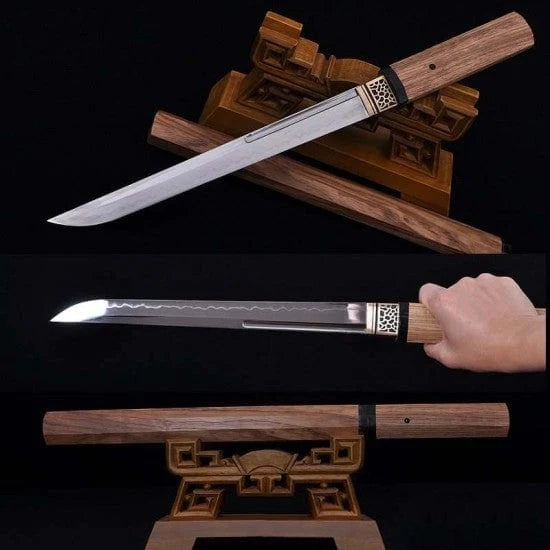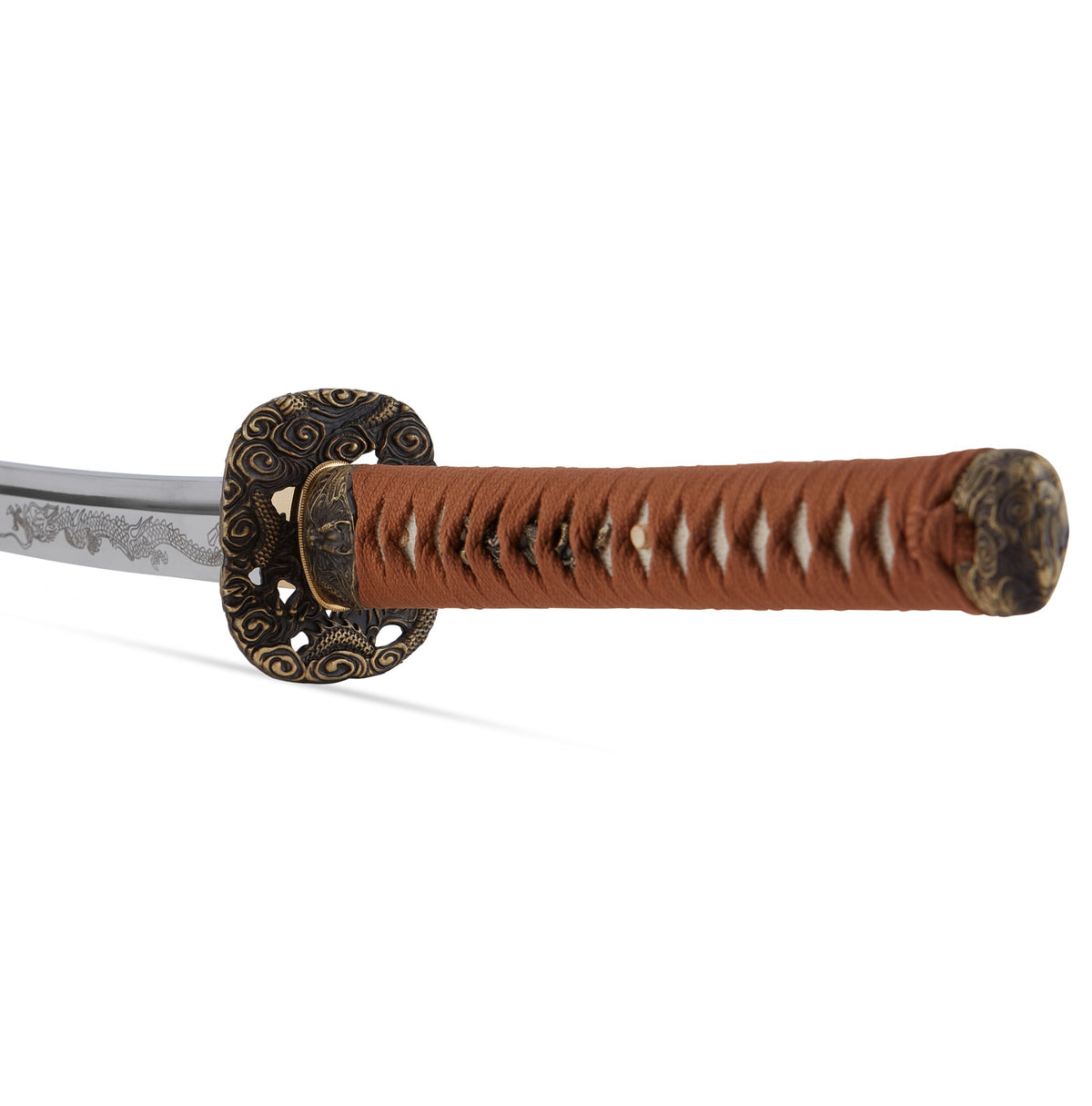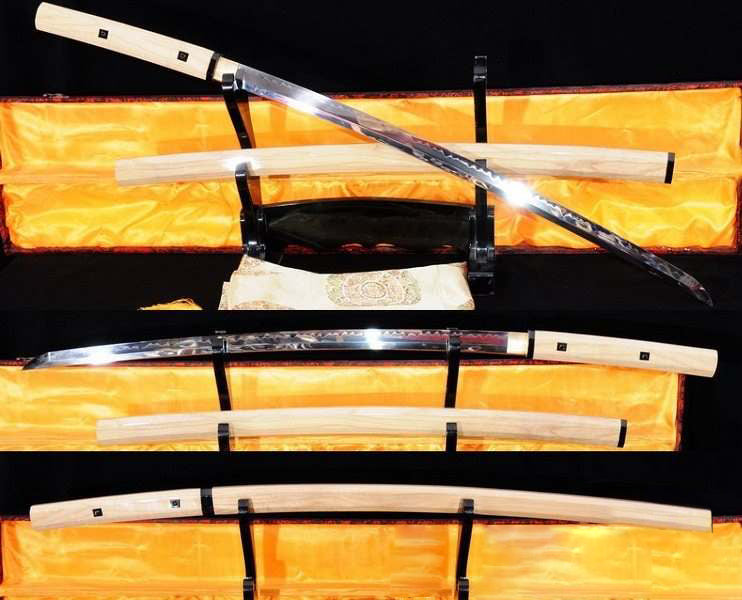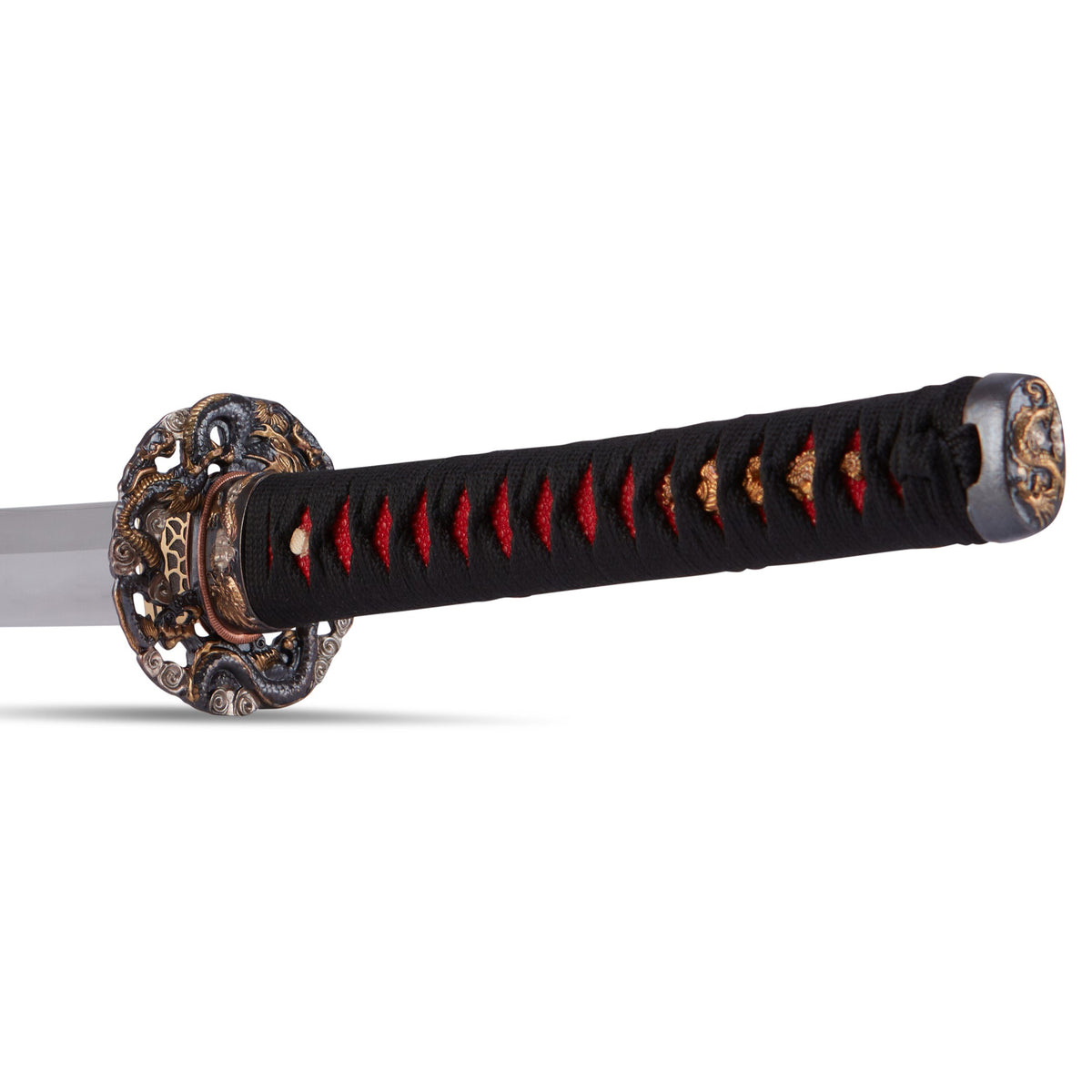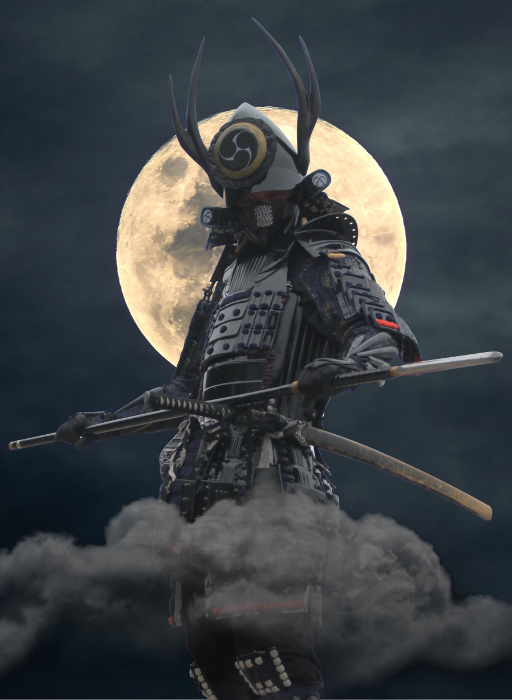Shogun History | The First Shogun of Japan

The shogun of Japan was a very important position throughout the feudal era of Japan. This governmental position was the commander in chief of all of Japan. Considered to be a hereditary role, the reality was that the shogun position was fraught with uprisings and bloodshed over the centuries. If you want to learn more about shogun history, when it was established, and who was the first shogun of Japan, check out this blog for all the facts.
What is a Shogun?
The shogun was the military leader of Japan, and he was appointed by the emperor. While Japan still had an emperor, the military power of the country was in the hands of the shogun, effectively rendering the emperor to be a nominal figurehead without any consequential power. There weren’t many battles of succession over the emperor’s position, but this was a very different story when it came to the power of the shogun.
Shoguns were civil servants who had to work with all the classes in Japanese society. They worked with administrators to dictate taxes and trade laws, wealthy landowners (daimyo) to discuss their responsibilities towards their serfs, and samurai warriors who were under the employ of the landowners. A shogun even had the power to appoint constables and stewards.
The Very First Shogun

The very first shogun of Japan was appointed in 1192. With the military reins firmly in the hands of Minamoto Yoritomo, this was the official establishment of Japan’s military government and is historically referred to as the Kamakura shogunate.
Yorimoto became the heir of the Minamoto clan after a split divided the family. His grandfather, head of the clan at the time, took the wrong side in a dispute between emperors, and his father ended up in control of the clan. Yorimoto was no stranger to battle or bloodshed and he established the shogunate after a decisive victory over an enemy Samurai clan, the Taira.
As the first shogun of Japan, Yorimoto took control over all matters involving income derived from agriculture and all issues of land tenure.
A Modern Shogun
The first shogun of Japan shaped so much of its history and culture that it’s impossible to discuss any big event without looking at the shogun’s actions during that time. While the shogunate ended in 1868, the word is still used in modern Japanese vocabulary. Many times, the term is applied to those who work behind the scenes and have a lot of influence. A retired prime minister or CEO may be referred to as a shogun to address their impact on Japanese culture.
Did you like this overview of shogun history? Explore more Japanese history when you check out our other blogs today!
Best Sellers
- Regular Price
- from $199.99
- Sale Price
- from $199.99
- Regular Price
-
- Unit Price
- per
- Regular Price
- from $299.00
- Sale Price
- from $299.00
- Regular Price
-
- Unit Price
- per
- Regular Price
- from $199.00
- Sale Price
- from $199.00
- Regular Price
-
$0.00
- Unit Price
- per
- Regular Price
- from $319.00
- Sale Price
- from $319.00
- Regular Price
-
- Unit Price
- per
- Regular Price
- from $619.00
- Sale Price
- from $619.00
- Regular Price
-
- Unit Price
- per
- Regular Price
- from $249.00
- Sale Price
- from $249.00
- Regular Price
-
- Unit Price
- per
- Regular Price
- from $339.00
- Sale Price
- from $339.00
- Regular Price
-
- Unit Price
- per
- Regular Price
- from $219.00
- Sale Price
- from $219.00
- Regular Price
-
- Unit Price
- per
- Regular Price
- from $364.00
- Sale Price
- from $364.00
- Regular Price
-
- Unit Price
- per
- Regular Price
- from $519.00
- Sale Price
- from $519.00
- Regular Price
-
- Unit Price
- per
